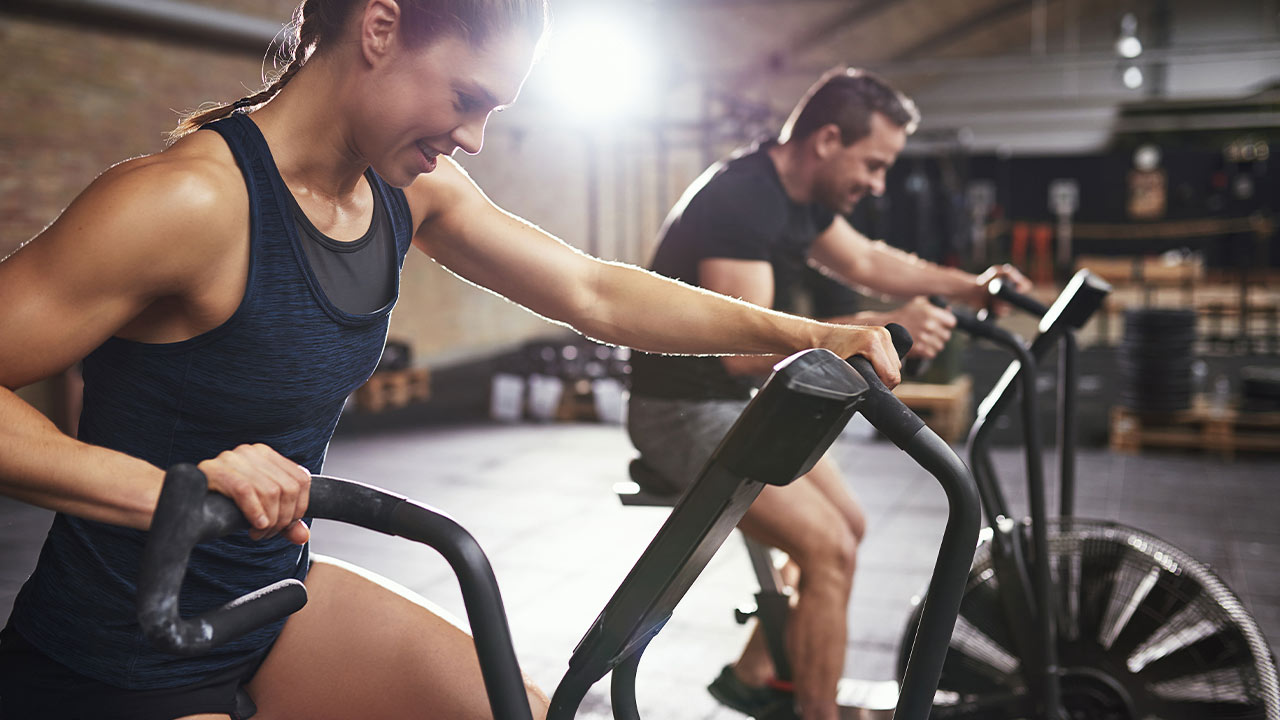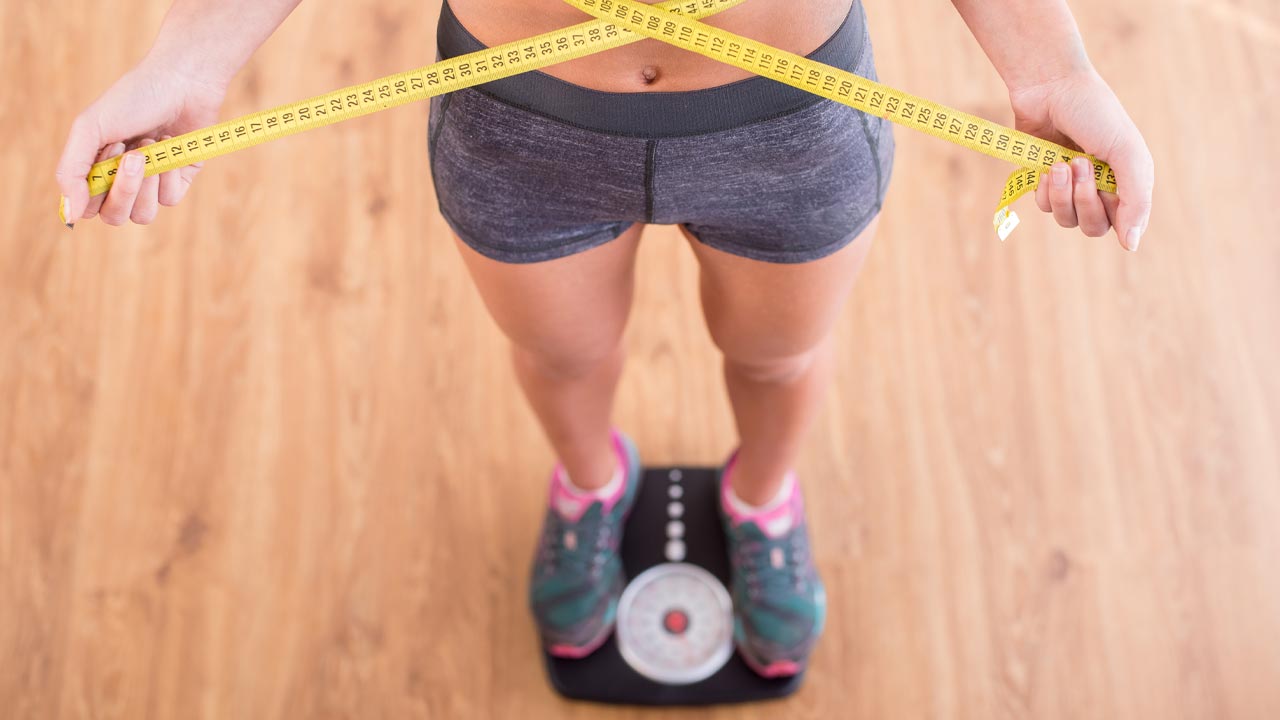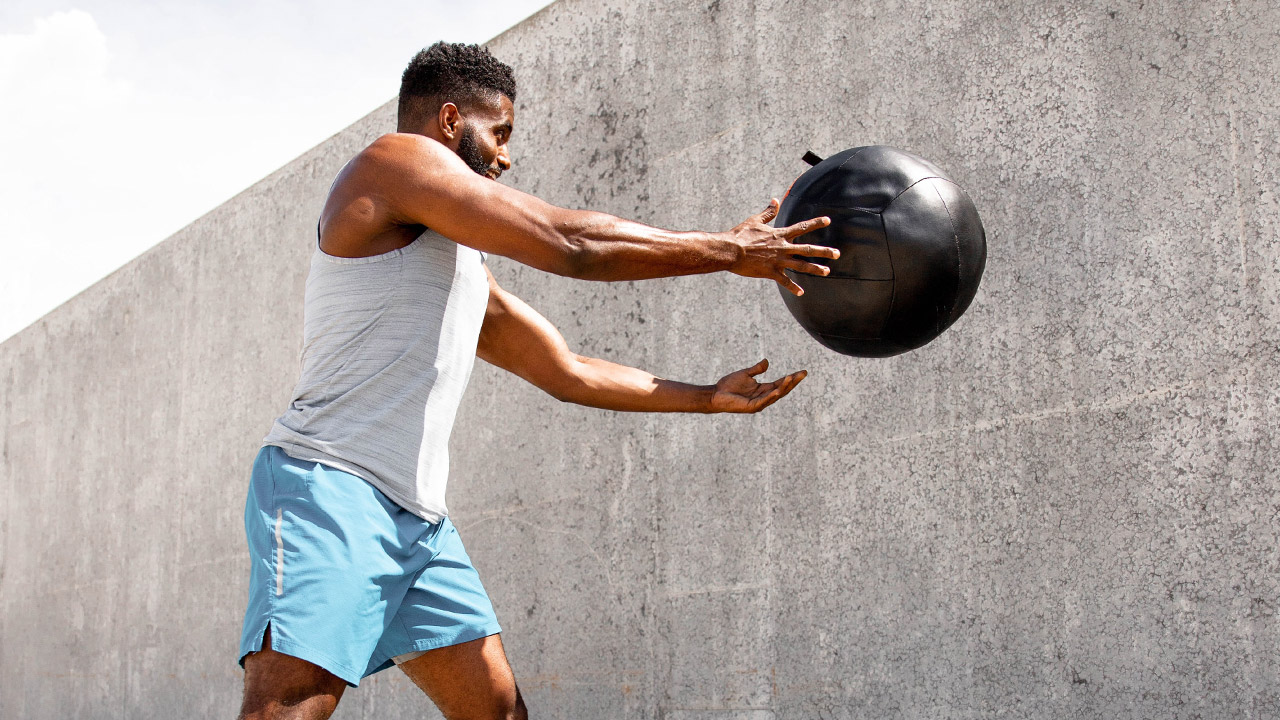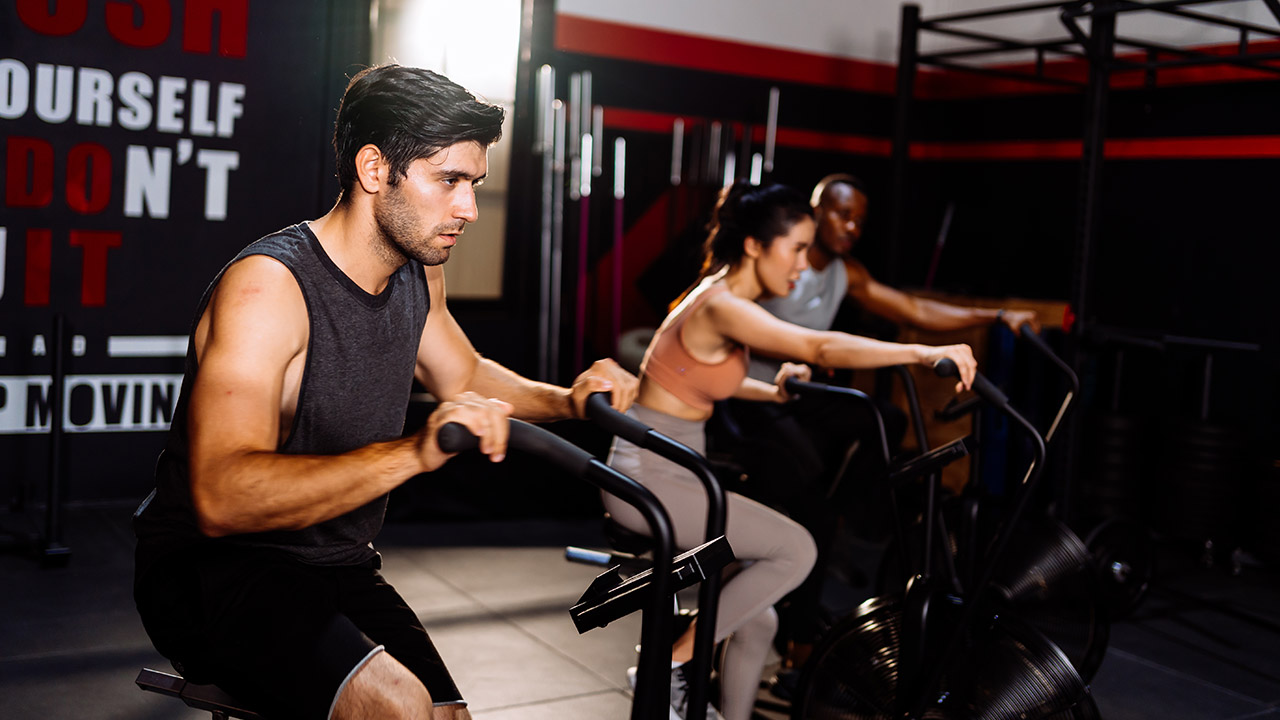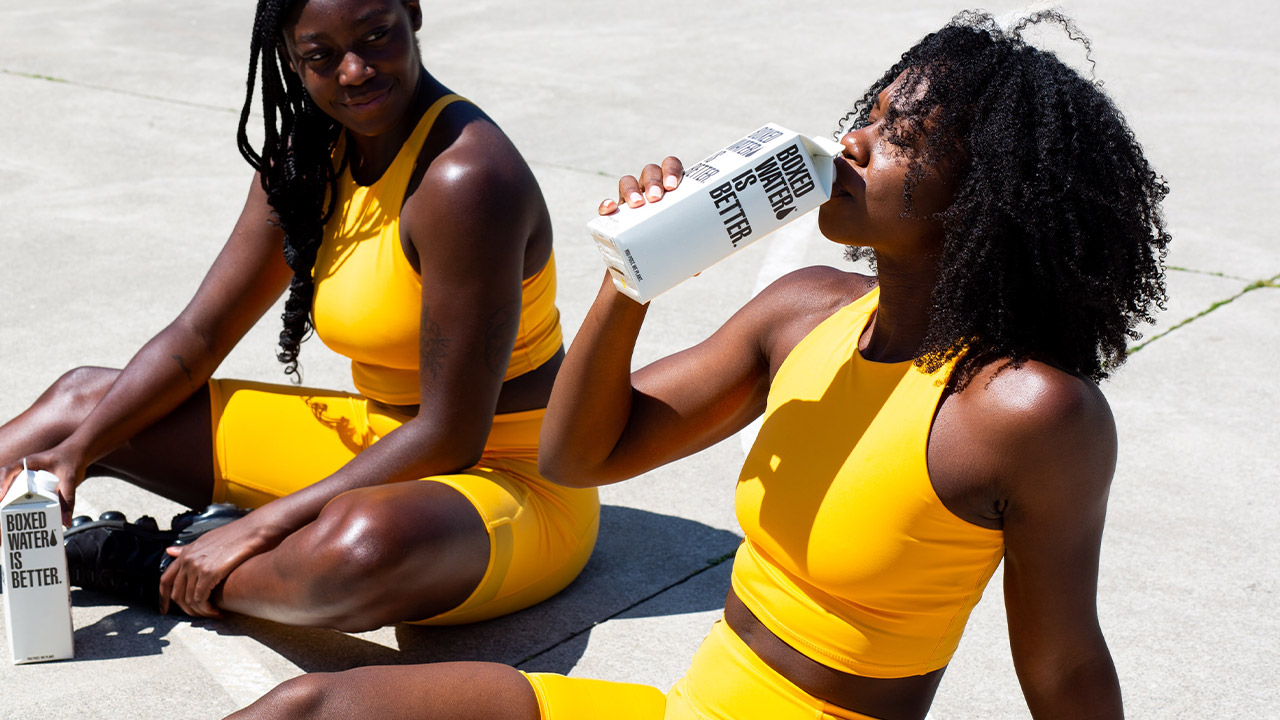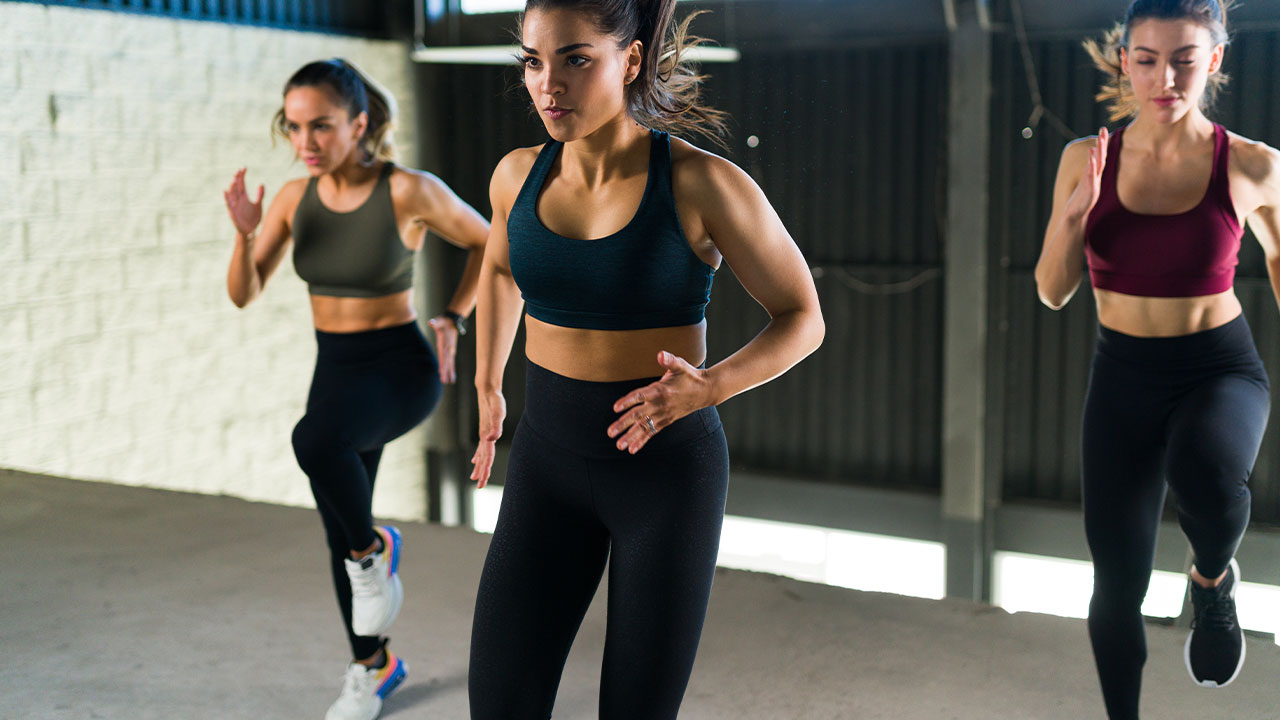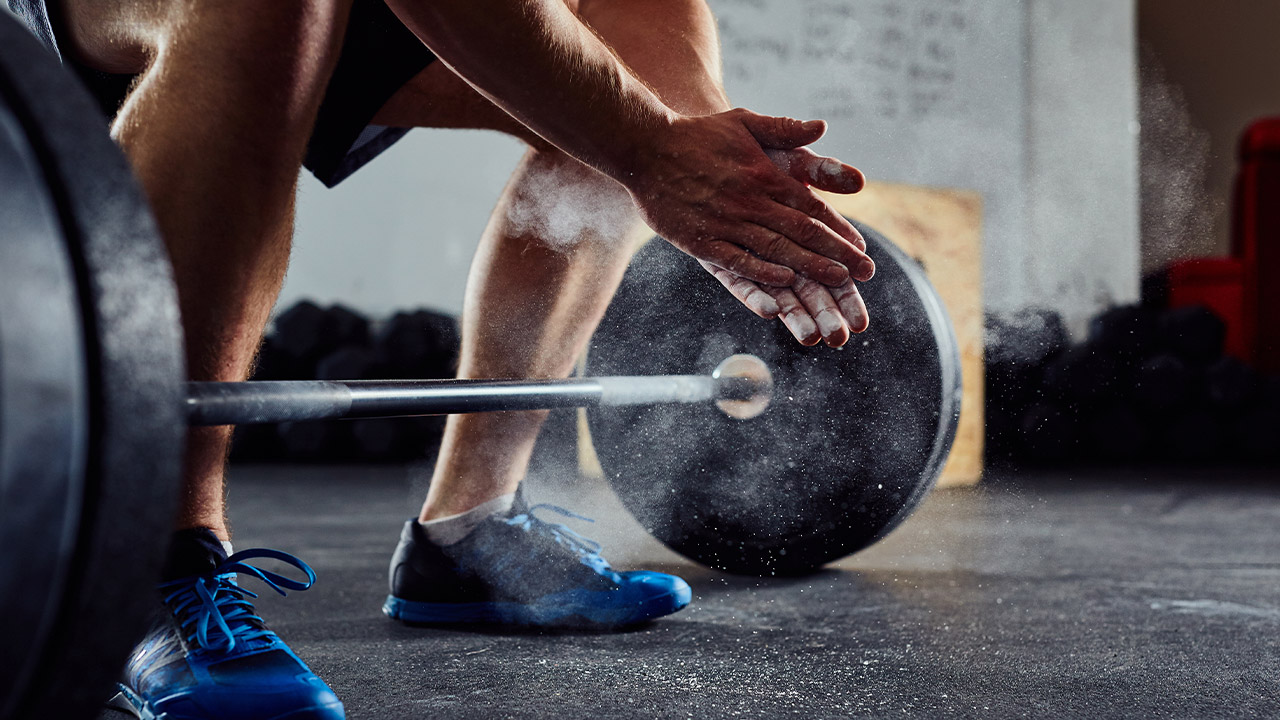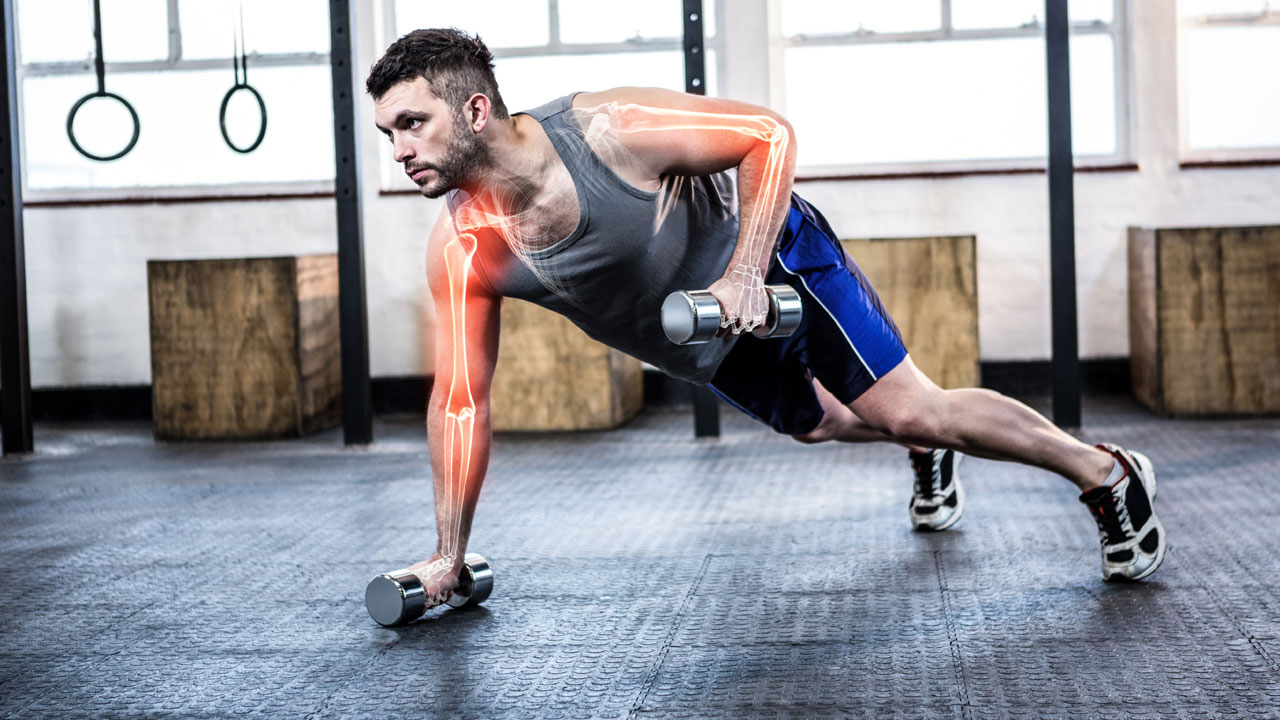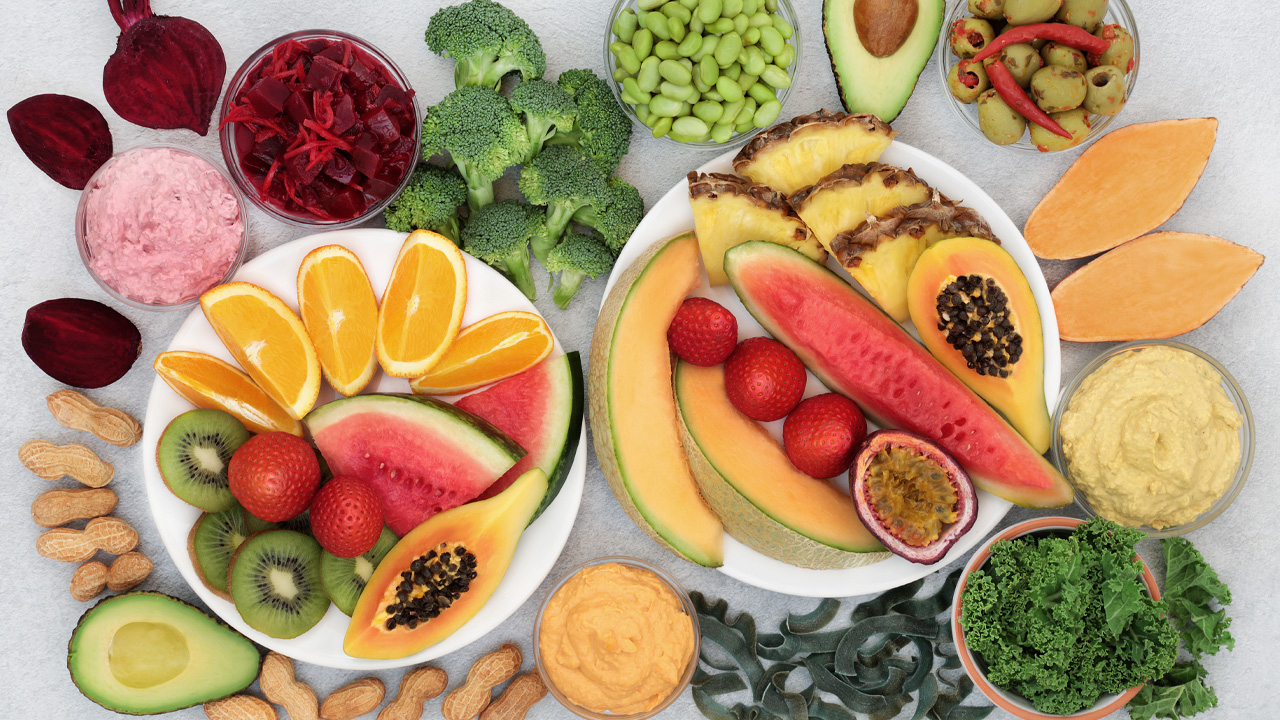The 4 Supplements That Can Help You Build Muscle and Enhance Athletic Performance
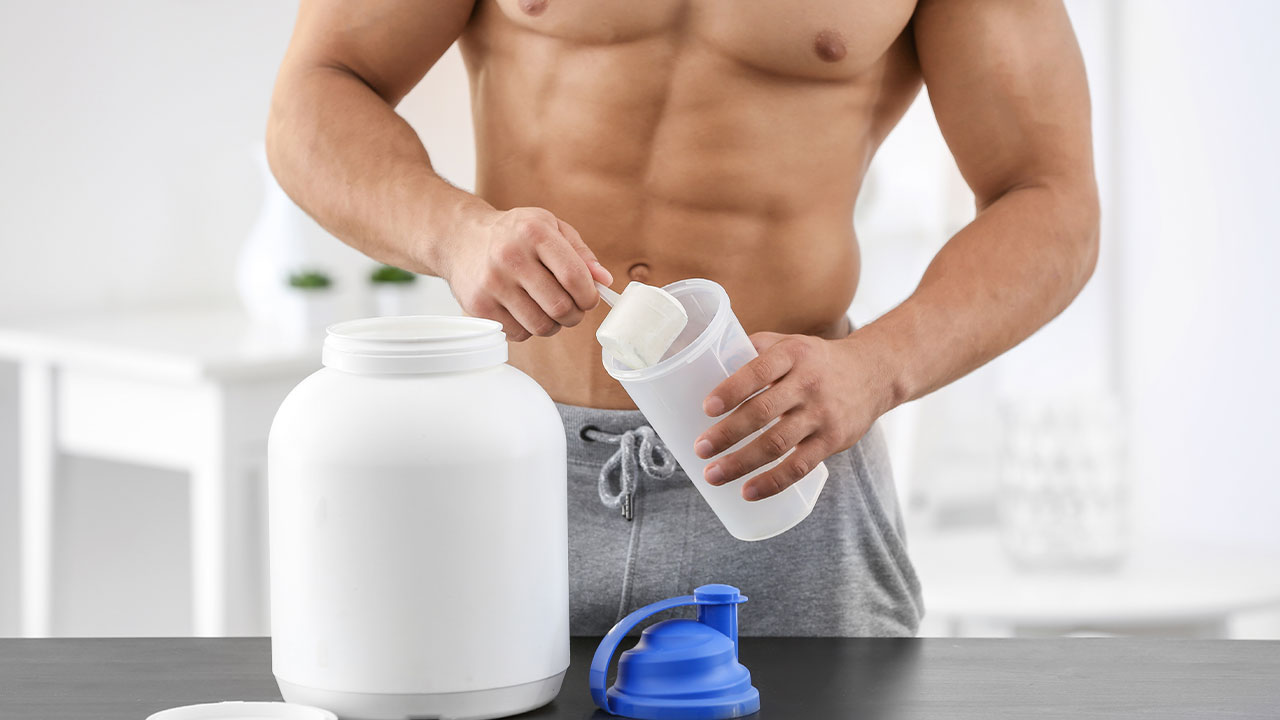
Hey Angels and Alphas,
If you’re looking to build muscle and enhance your athletic performance, the right supplement can make all the difference. Whether you’re a competitive athlete or an occasional gym-goer, these five supplements will help you reach your goals and maximize your potential.
In this blog post, we’ll break down the best supplements for building muscle and enhancing athletic performance, so you can make an informed decision and get the most out of your workouts.
Creatine
Creatine is an amino acid compound that helps to provide energy to your body’s cells, primarily muscle cells. It is synthesized from the three amino acids glycine, arginine and methionine, and can be found naturally in foods such as meat, fish, eggs and dairy products. Creatine has become one of the most popular and widely used supplements for athletes looking to enhance their performance.
When taken as a supplement, it has been shown to improve performance in high-intensity exercises and reduce fatigue. It has also been linked to increased muscle strength, size, and power. Additionally, creatine has been used to treat neurological diseases such as Parkinson’s and Huntington’s Disease.
Creatine helps your body by increasing the availability of adenosine triphosphate (ATP) in your muscles, which is essential for producing energy during exercise. This allows you to work harder for longer, as well as aiding in muscle growth and repair. It can also help you recover faster after exercise.
In terms of dosage, it is recommended to take between 3 and 5g of creatine daily, split into two or three doses taken throughout the day. However, it is best to speak to a health professional before taking creatine supplements.
Beta-alanine
Beta-alanine is a non-essential amino acid that is often used by athletes and bodybuilders as a supplement to help improve performance. It is known to increase endurance, reduce fatigue, and improve muscular strength.
Beta-alanine works by combining with histidine in the body to form carnosine, which helps reduce lactic acid buildup in muscles during exercise. This helps to delay the onset of fatigue, allowing you to exercise for longer periods of time. Studies have shown that beta-alanine can increase muscle carnosine concentrations by up to 58%, leading to better performance in the gym and on the field.
When taken as a supplement, it can be used to improve both aerobic and anaerobic performance. In terms of dosage, 2-5g per day for several weeks has been proven to be the most effective dose for improving athletic performance.
As with any supplement, it is important to talk to your doctor before taking beta-alanine, as some people may experience side effects such as tingling or flushing of the skin.
Overall, beta-alanine is a powerful supplement that can help improve athletic performance by increasing endurance, reducing fatigue, and improving muscular strength. However, it should be taken with caution and with the advice of a doctor.
Protein powder
Protein powder is an essential supplement for athletes and fitness enthusiasts. Protein powder helps build and maintain muscle mass, increase energy, and support post-workout recovery. When it comes to protein powder, there are a few key things to consider: type of protein, amount of protein, and flavor.
Types of Protein
The two most popular types of protein are whey and casein. Whey protein is a fast-absorbing protein that helps build muscle quickly after a workout. Casein protein is a slow-digesting protein that helps support muscle growth over a longer period of time. Other types of protein include plant-based proteins such as pea, rice, and hemp.
Amount of Protein
How much protein you need depends on your goals and lifestyle. Generally speaking, a single serving of protein powder should contain about 20 grams of protein. For athletes and those looking to build muscle, a higher amount may be needed.
Most protein powders come in a variety of flavors, from chocolate to strawberry to vanilla. Some brands offer flavorless options as well. The choice is up to you – just make sure to look for brands with natural sweeteners or no added sugars.
In conclusion, protein powder is an essential supplement for athletes and fitness enthusiasts. Different types, amounts, and flavors of protein can help support muscle growth, increase energy, and aid in post-workout recovery. Make sure to find the right type, amount, and flavor of protein that works best for you!
Caffeine
Caffeine is one of the most popular and widely used supplements for athletes. It is a stimulant that can help to improve athletic performance, enhance alertness, reduce fatigue, and increase energy. Caffeine can be found naturally in coffee, tea, cocoa, and chocolate. It is also available in pill or powder form.
When taken before exercise, caffeine can help to improve physical performance. Studies have shown that it can increase strength, endurance, and reaction time. In addition to these benefits, caffeine can also reduce feelings of fatigue during long workouts.
When taken during endurance activities, caffeine can help to improve performance by increasing fat burning and decreasing the rate of perceived exertion. Studies have also shown that caffeine can improve recovery after a workout.
It’s important to note that caffeine can cause side effects such as restlessness, anxiety, insomnia, and stomach upset. To avoid these side effects, it is important to start with low doses and gradually increase over time. The recommended daily dose of caffeine is 200-400 mg per day.

